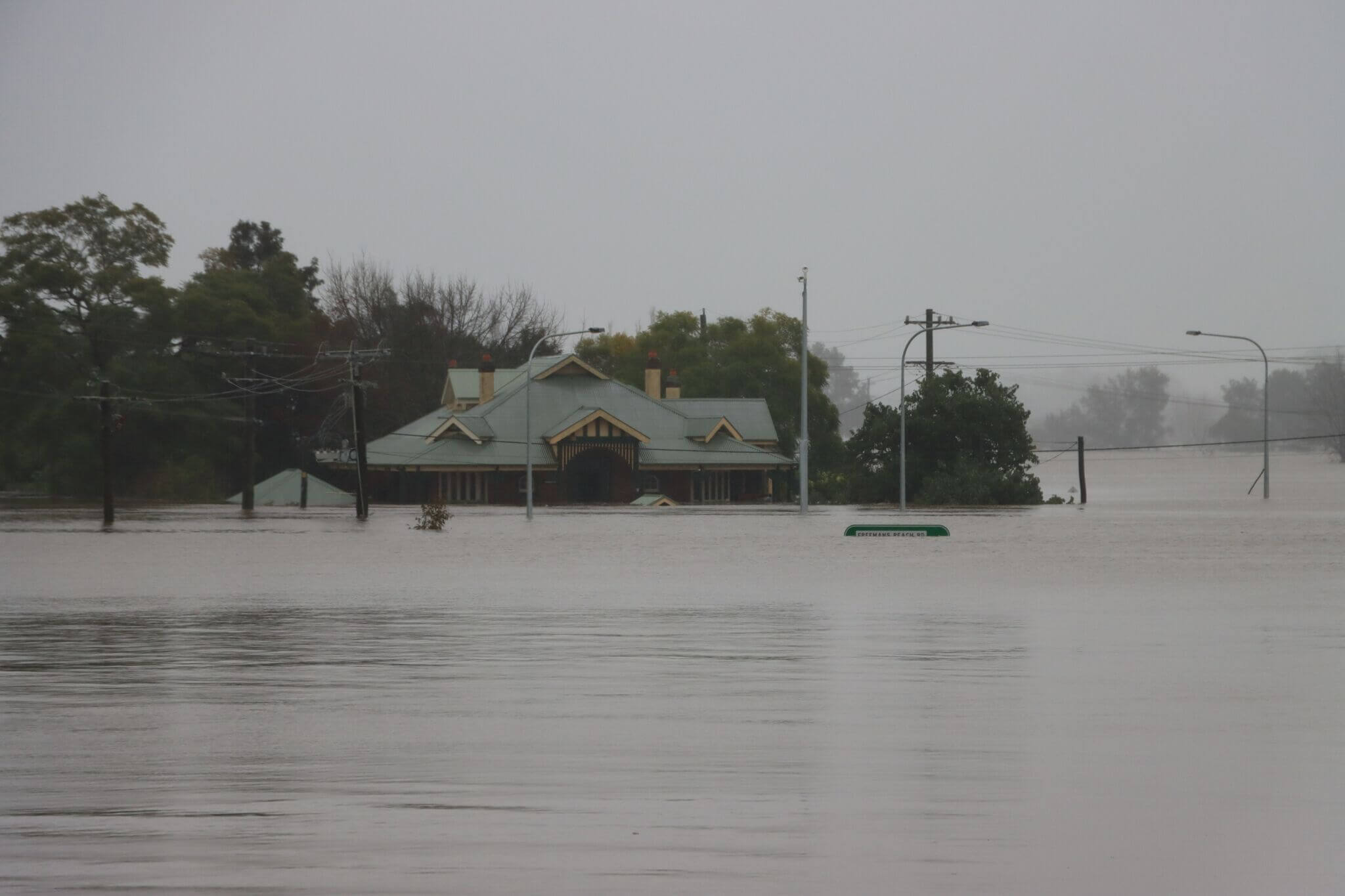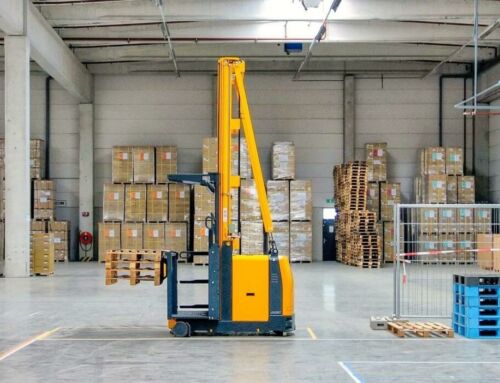
What’s Your Flood Risk and Tips on Avoiding Flood Damage
Floods are not always devastating. Often they are welcome relief for areas suffering drought. They are also a natural way for wetlands, and native waterways to survive. Sometimes though the flood risk and subsequent flood damage wreaks havoc on communities who struggle to get back on top.
Floods are not always caused by heavy rainfall. Flooding can also be caused by:
- Seawater Flooding (after a cyclone or severe storm).
- Tidal Flooding (Floods caused by high tides from higher than normal river water levels).
- Run off from rivers and dams (eg, following a snow melt or when dams start to overflow).
- Urban drainage. (When city drainage systems fail, people can be caught in stormwater drains, trapped in their cars, or even swept off roads by water).
Types of Floods in Australia
Slow-onset floods
Inland rivers in the vast flat areas of Western Australia, central/western New South Wales and Queensland can often flood. These floods may take days to build-up. They can last for one or more weeks and can even last for months on some occasions.
The damage caused by floods in these areas can lead to major losses of livestock, cutting off rural towns and damaging crops, major roads and railways.
Rapid-onset floods
As the name suggests, rapid-onset flooding happens more quickly than slow-onset floods. These floods can potentially be much more damaging and can pose a greater risk to loss of life and property because there’s generally much less time to take preventative action, and the flow of water is faster and more dangerous. This type of flooding can affect most of our major towns and cities.
Flash floods
Flash flooding results from short, intense bursts of rainfall, often from thunderstorms. It can occur in almost all parts of Australia and poses the greatest threat of loss of life. People are often swept away after entering floodwaters on foot or in vehicles. These floods can result in significant property damage and major social disruption. They are more serious in urban areas where drainage systems are often unable to cope.
Help yourself avoid flood risk and potential flood damage
1. Do you know your level of flood risk? Call your local emergency management office for information about flooding. Also ask to see a flood map of your community.
2. Do you have flood insurance, or the right amount of flood insurance cover? You need to have flood insurance if you live in a floodplain.
3. Is the mains electrical switchbox located above potential flood waters? Make sure it’s at least 12 inches above the projected flood elevation for your home.
4. Are electrical outlets and switches located above potential flood waters? Consider elevating all electrical outlets, switches, light sockets, baseboard heaters and wiring to at least 12 inches above the projected flood elevation.
5. Does the sewer system have a backflow valve? If flood waters enter the sewerage system, sewerage can back up and enter your home. Have a licensed plumber install an interior or exterior backflow valve. Check with your building department for permit requirements.
Find out more about How to Prepare for Floods here.
If you are affected by flooding
Here are some steps to take in pursuit of an insurance claim for loss suffered to your business or residence.
1. Take reasonable steps to minimise further damage to your property/business but don’t do anything that may expose someone to risk of injury.
2. If it’s safe to do so, retrieve your copies of the relevant policies from the affected property.
3. If your copies of your policies have been lost in the flood or it is not safe to return to your property to get your policies but you know the contact details of your insurer/broker, get in touch with your insurer/broker and request copies of your policies as well as a claim form.
4. Complete and submit claims on all policies providing whatever detail you have available at the time.
5. Make a list of the losses and damage suffered at each insured address. Also include the cost of temporary accommodation, rental cars, and loss of profits for business interruption claims.
6. Retain and if safe to do so, gather all documents possible to support the items listed in your inventory of loss such as invoices, receipts, financial statements, tax returns and so on. If you don’t have that paperwork, start contacting those in a position to supply copies of those documents (ie. relevant retailers, your accountant, the ATO etc).
To discuss Flood cover with a Qualified Professional Insurance Broker, Contact Us today.
https://knowrisk.com.au/tips/tips-on-floods
https://knowrisk.com.au/checklists/checklist-to-avoid-flood-damage
https://knowrisk.com.au/checklists/insurance-claim-checklist-for-floods


